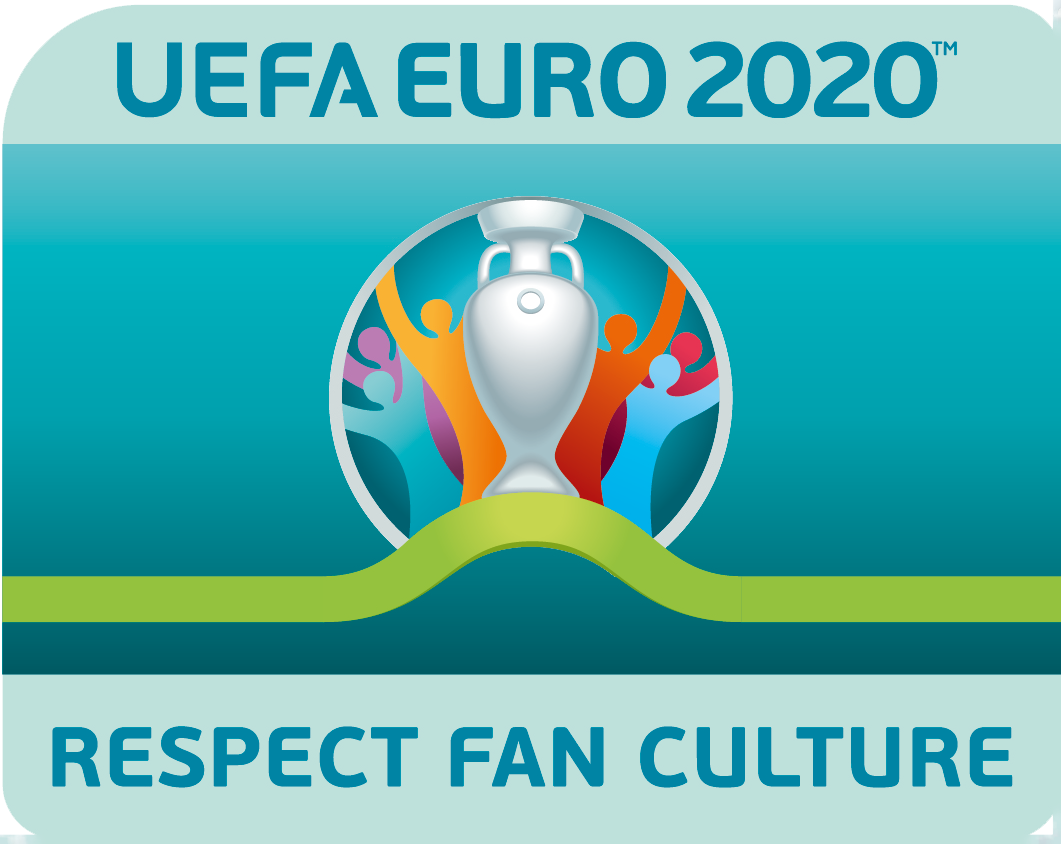Bucharest for the first time in its history is host city of a major tournament. The Romanian capital combines a wild mix of communist, modern and new baroque architecture of French influence. Emanuel Rosu loves his home city. Moreover he is one of the best experts on Romanian football and its developement since the fall of communism. We met the passionate sports journalist to talk with him about the turbulent history of famous clubs like Rapid and Steaua and about special characteristic features of football in his home country.
On the European scale, Romanian football doesn´t play the role it used to, What is fascinating about the football in your country?
Football is about great stories, great friendships and sometimes strange connections. We have a special touch on football in Romania. We like the game of course, but we also like the gossip, the stories and the scandals around the people being involved too. This is also because football is not being played to a very high standard in Romania, we‘ve definitely had better times in our history. Now, we concentrate more on the fun parts of the game, on the talk shows and on the crazy stuff around club owners. That also says something about how we, as Romanians are. We like jokes and irony. We are joyful people and sometimes we like mocking other people.
In the past clubs like Steaua played quite a significant role in European football. What have been defining developements since that period?
The post-communist environment changed the whole game and its structures. We used to have a lot of good clubs and strong teams in the second and third division. Many of those teams vanished as they have been sponsored by the factory owners and other companies, so they were fully dependent on the money injections from their owners. As a result of the financial crisis in 2008/09 those clubs dissappeared. This was the second revolution that changed football here in Romania. The first one was the fall of communism in 1990, leading to a full restructure of football which was previously state-funded and state-managed. The second revolution really hit football hard. We were left without money and some club owners ended up in prison due to mismanagement and corruption.
A lot of famous clubs went bankrupt since then, haven‘t they?
True. Some historical and traditional clubs have been forced into administration, and subsiquently refounded but had to climb up again from the fourth tier. A famous example is Rapid Bucharest. The club were declared bankrupt in 2016. The two owners couldn´t save the club but out of this complicated story three new clubs were reborn which claimed the tradition, spirit and history of the old Rapid. One of those new born clubs is being backed by a district-mayor of Bucharest who wanted to promote his own popularity through football. This club is now in the second division and has a good chance to be succesful in the coming years. The problem is, as a result of the finacial issues and multiple bankrupcys, fans are discouraged and frustrated. This results in the new clubs fighting for the old spirit and true legitimacy between each other. It therefore seperates the fan scenes.
How would you characterise the fan scenes in Romania?
We dont really have a strong scene or active fans like in Western Europe, who understand their fandom as a manifest of a social community and identity. I would say, at around 95 percentages of the clubs there is no so-called proper fan culture. In the Nineties we still had organised fan groups who travelled to away games, those were fans of Steaua, Rapid, Dynamo, Craiova, Constanța or Timișoara.
It sounds like Romania has similar problems to other nations in Eastern Europe.
We have basically the same footballing system as Russia and Ukraine, only that our oligarchs are more or less mini-oligarchs. They have money, they are in politics or they have those political connections which help them to become more popular and powerful in politics. They use the clubs as their toys to promote themselves as politicians. So, they invest their money into the clubs and hope they will get it back through the broadcasting money. The problem is, when the owners lose interest in their club as a political vehicle they also stop investing money and then the clubs go bankrupt. A lot of clubs in Romania have the same tragic history.
Fans have tried to revive their clubs. How did that go?
Yes, fans started to revive and refound their clubs. For example in Constanța and Timasora fans organised new sponsors and financial support but in most cases the clubs could not survive more than a year, and only at an amateur level. If they want to play at higher level they need a businessman, mini-oligarch or a politician to step in. Sadly, the vicious circle then starts again.
That sounds quite depressing. Is football still popular in Romania?
I think in the 2018/19 season we had an average attendance of 3500 people in Liga 1. That´s definitely not a lot and it´s quite a shame as Romanians love football. However, I understand the people, they got tired of their clubs going bankrupt and being refounded and they are tired of all those rich people treating football like a personal toys and using them for personal gain. Therefore even our humour doesn´t save us anymore from the misery. Additonally, you can watch all games from Liga 1 to the lower leagues on television or on websites. If you have an interest in football it´s almost impossible not to somehow follow the games for free. If you ask people on the street they would tell you that they are still crazy about football but it´s different to the Nineties. There has been a shift of priorities. Back then people would probably tell you that football was among the two most important things in their lifes. Nowadays they say ‘Yes, I like football but I am not going to the stadium anymore as I have other things to do‘. The Romanian national team is extremely popular and everywhere they play in our country the stadiums are full. We have a very good under 21-national team which has created some rolemodels for younger Romanians.
Is there any organised fan culture around the national team?
In the past two decades there were usually Ultra groups from various clubs travelling together to the matches of the national team. Nowadays, we have a strong supporters group which is called ‘United under the flag‘ and they only support the national team. Times of severe violence around club football and around the matches of the national team are more or less gone. Ocasionally it still happens but it´s nothing like it was in the Nineties.
What can people expect coming to Bucharest during the EURO 2020?
Bucharest is a football loving city but not a football crazy city. People are very welcoming and friendly. Importantly, for the fans coming to the city food and drink is much cheaper here than in many other European cities. Most visitors are pleasantly surprised when they visit Bucharest as they usually have a strange stereotype in their minds regarding our city, they imagine it to be a depressing post-communist concrete block but that is not the case, especially in summer Bucharest is very vivid and pretty. They will love it!
Emanuel Rosu is the editor in chief of the Romanian sports website sport.ro. He has worked for various media outlets around the world, including The NY Times, The Guardian, Four Four Two, World Soccer, and the BBC. He is also in charge of the ‘Football in Heaven’ project which aims to bring football fans from all around Europe together to watch football in the most unexpected places all over Romania. You can find Emanuel on Twitter: https://twitter.com/Emishor

